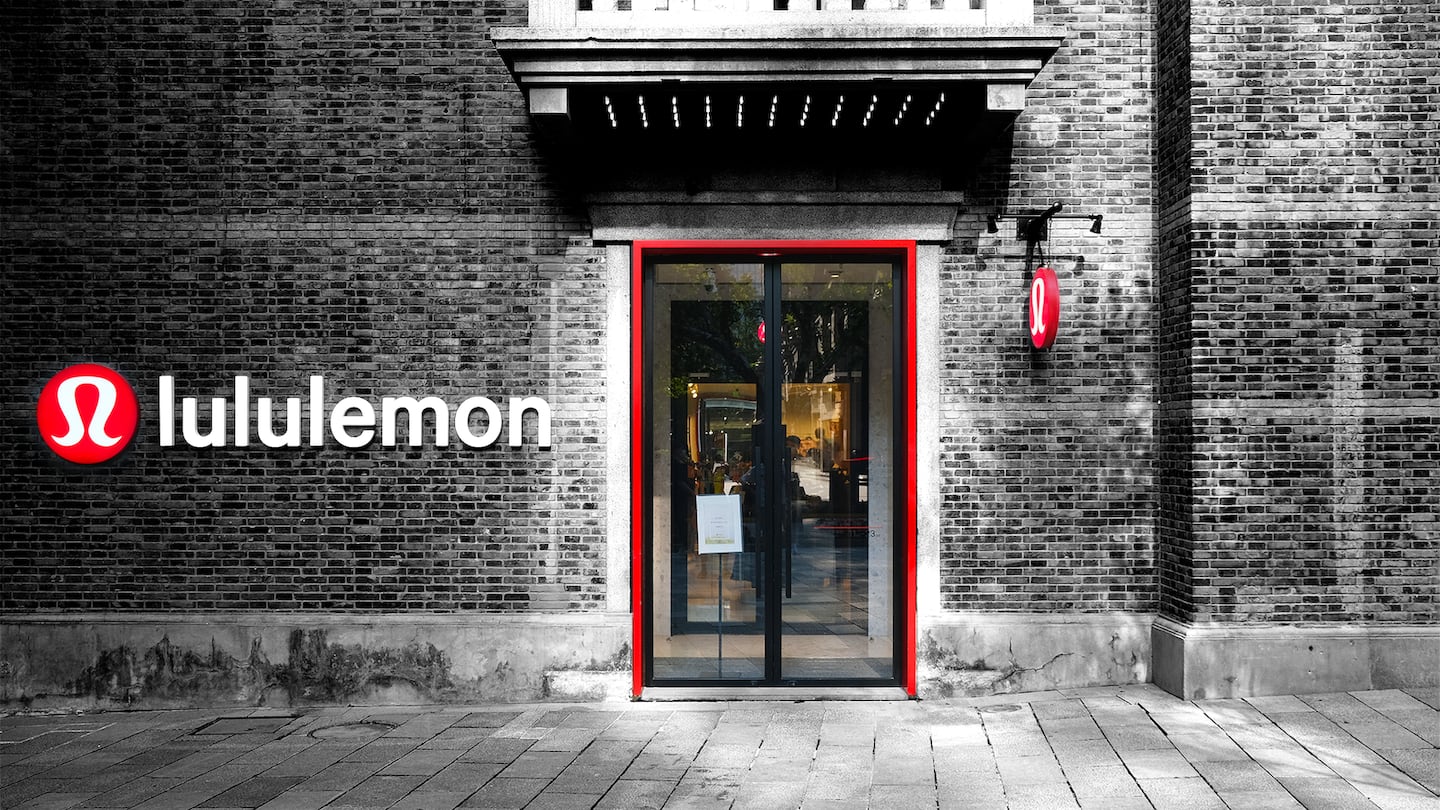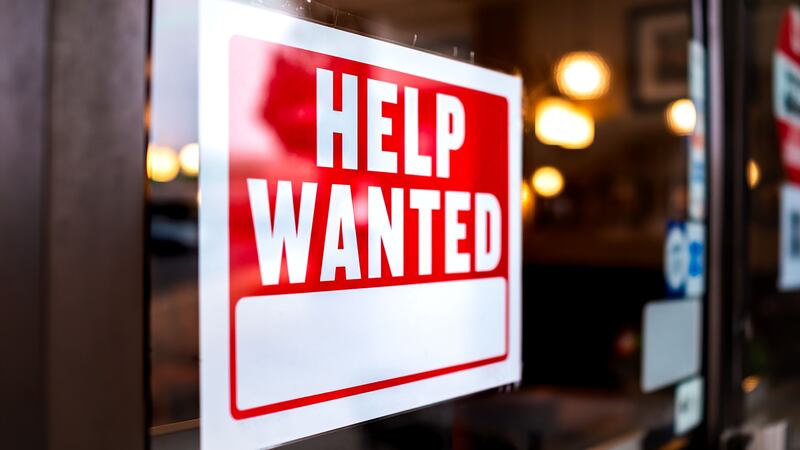
Agenda-setting intelligence, analysis and advice for the global fashion community.

Agenda-setting intelligence, analysis and advice for the global fashion community.

The past year proved to be the ultimate litmus test for fashion’s diversity commitments. Sweeping pledges to create a more inclusive and equitable landscape for Black talent after George Floyd’s murder as well as fashion’s activism in areas such as LGBTQ-and-abortion rights all came to a head in 2023.
At Lululemon, a year-long BoF investigation revealed that a diversity and inclusion department set up in 2020 had a dual role in supporting employees and protecting the company’s image: 14 former and current employee accounts depicted a culture that was overwhelmingly unwelcoming of Black employees and where work conditions only deteriorated since 2020.
The Supreme Court’s decision to overturn affirmative action in June emboldened conservative politicians and right-wing extremist groups who called for penalties on companies that they believe go too far in their diversity efforts. Target learned its own tough lesson when it caved to anti-trans activists and removed some of its Pride Month merchandise — alienating groups on both sides.
Fashion leaders scrambled to wrap their arms around the rising threat and promise of AI (most notably ChatGPT) as staffers in areas like marketing, merchandising, design and content creation reckoned with the potential vulnerability of their jobs.
ADVERTISEMENT
A protracted labour shortage meant retailers of all tiers struggled to staff their stores — some opened entire schools and other sponsored college programmes in hopes of getting a leg up; luxury brands poached from their mass retail counterparts as they moved into less prominent fashion cities like Nashville, Tenn. and Columbus, Ohio.
A wave of M&A — from Coach parent Tapestry’s August buyout of Versace and Michael Kors owner Capri Holdings for $8.5 billion to Kering’s purchase of the fragrance house Creed — yielded new cultural learnings for HR execs and fashion CEOs.
At Lululemon, Being Black Is ‘Off-Brand’: In 2020, like many companies, the $50 billion yoga apparel brand created a new department to improve internal diversity and inclusion, and to create a more equitable playing field for minorities. In interviews with BoF, 14 current and former employees said things only got worse.

The Fashion Jobs Most Vulnerable to AI: The next phase of artificial intelligence promises to change – and potentially eliminate – jobs that were unaffected by previous waves of automation.

Why Fashion Should Recruit From Outside the Industry: Brands and retailers are increasingly looking to other sectors to fill their upper ranks and tackle thorny problems.

Why Luxury Brands Are Poaching Store Employees from Mass Retail: As high-end brands increasingly venture outside the tony streets of cities like Los Angeles and New York, their recruiting tactics, too, are taking a new direction.

Why Retailers Still Can’t Solve Their Hiring Problem: From wage hikes to tuition assistance, fashion firms say they’re pulling out all the stops to make store associate roles more appealing. More often than not, their efforts are falling flat.

Can the Fifteen Percent Pledge Get Past the Number?: As the climate around diversity initiatives shifts, the nonprofit is adapting its messaging to emphasise the need for long-term, structural changes over quick fixes.

The BoF Podcast | Allbirds’ Tim Brown on Learning to Lead With Resilience: The co-founder and chief innovation officer of the Nasdaq-listed sneaker brand reflects on how his time as a professional footballer prepared him to lead a business through the highs and the lows.

Discover the most exciting career opportunities now available on BoF Careers — including jobs from Burberry, Citizens of Humanity and Polène.
Fashion schools have to play the long game in recruiting industry professionals who meet the high expectations of today’s students — from mentorship to staying on top of industry trends.
In Paris, leaders in talent acquisition from Chanel, Christian Dior Couture, Coty, Kering, Louis Vuitton, Rimowa and Saint Laurent among many others, attended an exclusive presentation and networking event at Hôtel Plaza Athénée.
BoF Careers provides essential sector insights for fashion creatives this month, to help you decode fashion’s creative landscape.